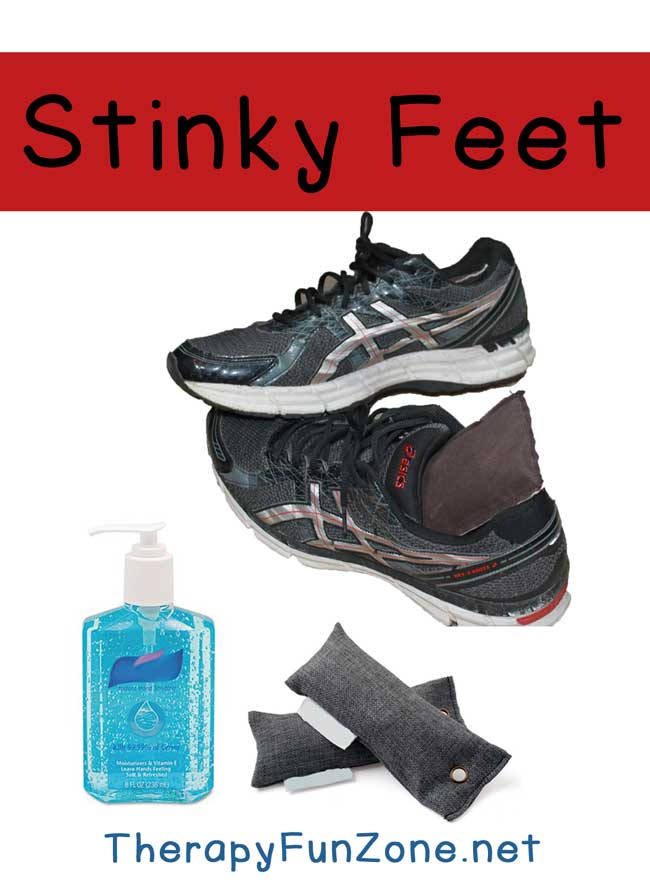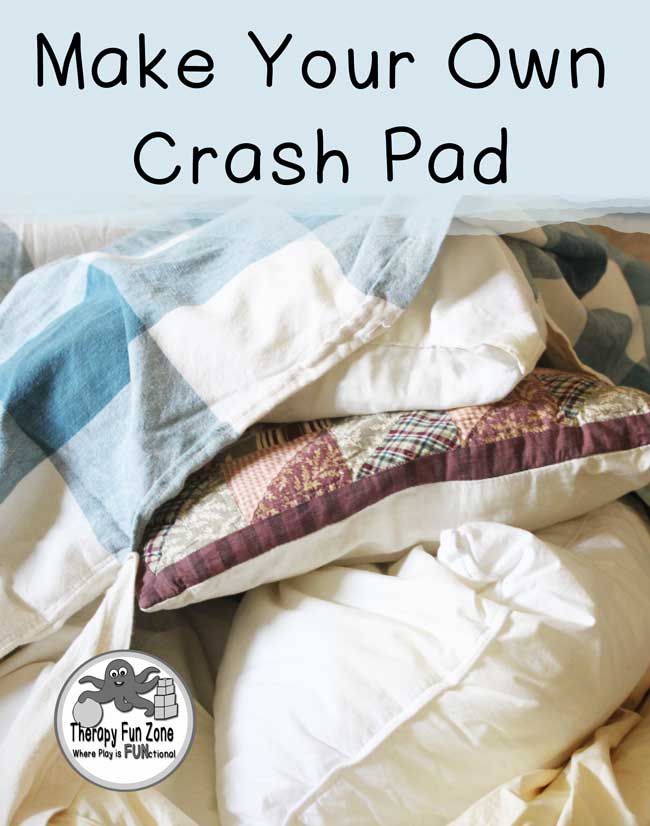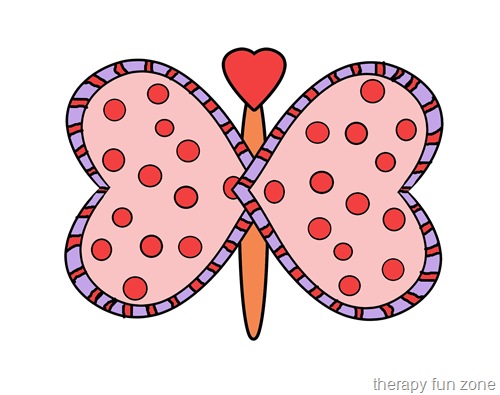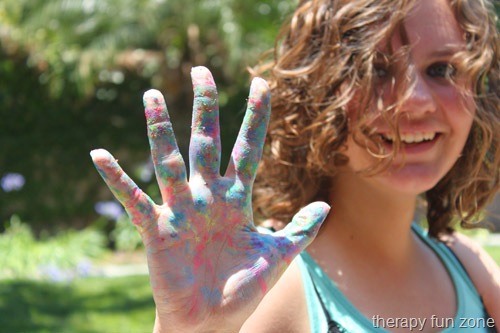Adolescent Hygiene Challenges
This post may contain affiliate links.
Adolescence is a time when kids are starting to reach a level of maturity where they begin to be more self sufficient in hygiene, and they have a bunch of brand new hygiene issues starting due to changing hormones. When you have kids that have challenges, then it can take more time to adjust to the extra adolescent hygiene needs, and it can take extra reminders and work to help develop a level of independence in these areas.
With the changes in hormones, some of the hygiene needs in adolescents include:
- Stinky feet
- Body odor
- Acne
- Menstruation
- Shaving
Stinky Feet Problem
The combined problems that we are combating with stinky feet are moisture from sweat, which then breeds bacteria, which causes the smell. So to combat the problem we have to decrease moisture and kill the bacteria.

So, for problem #1, Moisture;
The solution for the moisture problem is multi-pronged, and it works best if you make sure you do all of the steps. The first step that we needed to implement is to rotate the wearing of shoes in order to let the recently used shoes dry out for 24 hours. Even better than just letting them dry out on their own is putting a Charcoal shoe insertsinto them while they are drying. The shoe inserts really make a huge difference. Then of course you must wear clean dry socks each day.
Now problem #2, Bacteria;
To combat the bacteria problem, washing feet is considered a very important step. Then on top of washing your feet, or between washing, we have been using hand sanitizer on my son’s feet. This really has made a difference in killing the smell causing bacteria.
Body Odor:
Adolescents begin sweating more and may need to shower every day, even if they used to only shower a few times a week when they were younger. For kids to wear deodorant and scented body spray, it helps to take them to the store and have them smell the different products to find one that they like the smell of. It is not necessary to have a heavy scented product, just one that can minimize the sweat and give a deodorant effect. It is important to remind kids at this age that they need to thoroughly clean the areas that sweat the most with soap and water.
It can help to have a body spray and deodorant in the P.E. locker to use after P.E. time. If kids have a pleasant smell, then it can help with social situations as smell will not be an extra layer of social stigma. Bath and Body Works has some good scents that are not too overwhelming.
Acne:
Acne becomes a brand new problem when kids hit puberty and the hormones kick in. Most kids can get by with some over the counter topical acne medicine, but may need help or reminders to put the medicine on the right places. Sometimes a q-tip can help with applying the medicine to the right spot. Some extreme cases may need medical intervention.
Menstruation:
The first step is to educate your child early, and in language that they can understand. Even after that, it will still likely be a little scary to start bleeding.
Be prepared. Make sure that the backpack is stocked, and that the class or nurses office has supplies that are needed (pads). You may have to do some dry run practices to see how much of a challenge it will be to put a pad on. It will require the ability to remove the sticker backing and place the pad in the right place in the under wear.
Shaving:
Depending on the disability, I will often recommend using an electric razor as it is a safer option when learning to shave when a disability is involved. You may have to try out some different razors to see which one is easiest to hold, and which one will do the job. If you want to use a regular razor, then practice with an adult, and follow safety rules are both very important. Practice should be done at a non-stressful time when there is extra time to do it. Avoid the morning when everyone is late for school until your child has the skill mastered. You can check out a whole post on shaving here.
This post is part of the Functional Skills for Kids series. You can read all of the functions on childhood HERE. Read all of my monthly posts in this series HERE.
Looking for more information about Handwriting in childhood? Stop by to see what the other Occupational Therapists and Physical Therapists in the Focus on Function series have written.
Task Analysis – Independent Bathing in Children | Your Therapy Source
Tips and Tricks for Teaching Hand Washing with Kids | Growing Hands-On Kids
I can brush my teeth! Tips for Tooth Brushing and Oral Care! | Your Kids OT
Screen Free Quiet Time When Daytime Naps are History | Kids Play Space
Tips to Help Kids Learn How to Blow Their Nose | Sugar Aunts
Tips to Help Kids Who Hate Haircuts | Mama OT
Sensory Friendly Tips for Kids Who Have Trouble Sleeping | The Inspired Treehouse
Your Child With Special Needs: How to Conquer Showering Independently | Miss Jaime OT
Adolescent Hygiene Challenges | Therapy Fun Zone








I am a novice when it comes to adolescent hygiene. My eldest daughter is just about to enter these years. I didn’t know about charcoal shoe inserts! Thanks for the tips!
Great tips especially about the drying out of the shoes – we have a big stinky shoe problem in our house!
Great post Tonya! What a huge learning curve adolescent personal care is for teens and parents! love your tips here!
I love that you addressed older kids and teens, there isn’t as much information out there for this age demographic.
Good to know about the charcoal shoe inserts, I will have to keep this in mind for my boys as they get older!
Great tips! We have also learned that to alleviate stinky shoes, you can put them in ZipLock bags in the freezer overnight. The cold kills the odor causing bacteria!
I am not ready for this stage in our own home! Thank you for the tips!
I didn’t know about the charcoal inserts- great tip! Another tip in regards to special needs children and menstruation; it can help to have them start wearing a pantyliner every day. This gets them in the habit of peeling stickers and placing them in the correct spot, helps them adjust sensory wise to the new sensation of the pad, as well as the extra protection “just in case”.
good advice. Thanks